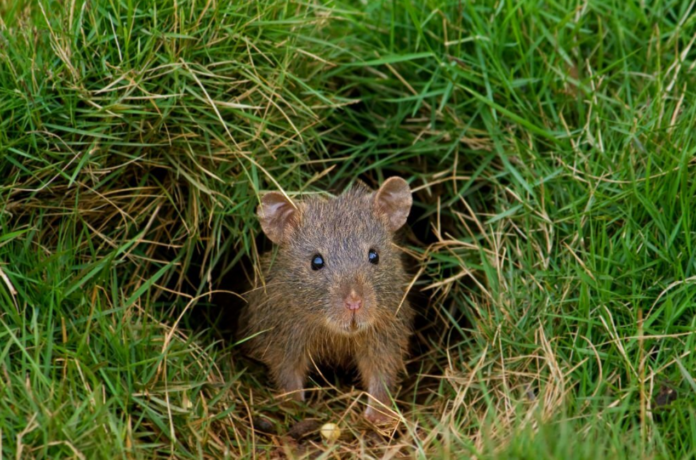A new study reveals the brain mechanism that encourages and discourages “infanticide in females.”
A recently published mouse study suggests that a certain region in the brain associated with regulating emotions might trigger females to harm their offspring. As this brain area is also found in humans, the researchers believe that these findings could provide insights into understanding the occurrence of infanticide in women.
Before giving birth for the first time, it is common for female mice to kill the pups of other mice.
Experts speculate this act might be driven by a survival instinct, intending to conserve limited food resources for their forthcoming progeny. Although numerous research has been conducted regarding male-inflicted infanticide, our understanding of the neural processes behind such actions in female mice has, up until this point, been substantially limited.
A team of scientists from the NYU Grossman School of Medicine found that by chemically obstructing a region known as the principal nucleus of the bed nucleus of stria terminalis (BNSTpr), infanticide was nearly 100% avoided. On the other hand, when they deliberately stimulated this brain region, both mother mice and females without offspring exhibited aggressive behavior towards pups almost universally, attacking almost instantly following stimulation. These mice rarely showed aggression towards other adults, which the authors interpret as evidence that this brain structure specifically regulates aggression towards younger animals.
The study further revealed a functional opposition between the BNSTpr and another brain region called the medial preoptic area (MPOA), known for fostering maternal behavior. The findings suggest that mice who hadn’t experienced motherhood exhibited high BNSTpr activity, which in turn decreased activity in the MPOA. After birthing, however, the activity of the MPOA increased, likely inhibiting the infanticidal system in the process. Newly birthed mice were found to generally avoid infanticide, regardless of whether the pup was their own.
“Our investigation pinpoints for the first time the brain mechanisms that we believe encourage and discourage infanticide in females,” adds study lead author Long Mei.
The new study, published today in the journal Nature, reveals that by exerting additional stress on the BNSTpr, maternal instincts can be reversed, as stated by Mei.
Child abuse ranks as the fourth leading cause of fatalities among children in preschool, as per data from the U.S. Centers for Disease Control and Prevention. Mei observes that while previous research primarily focused on potential dysfunctions in the brain’s parenting centers, there’s a recent shift among researchers to identify a separate neural mechanism responsible for infanticide and hostility towards children.
In the course of the study, the first step for scientists was to identify the probable brain regions involved in infanticidal behavior. They accomplished this by determining the structures that were connected to the MPOA. Subsequently, they artificially activated each of these seven regions in live mice, observing whether any instigated the mice to attack the pups. The team then inhibited the BNSTpr, the most likely contender, to see if such action could thwart infanticide.
To establish that the BNSTpr and MPOA work in opposition, they prepared brain sections from female mice. They activated one region while simultaneously monitoring cell activity in the other. Furthermore, they observed the changes in activity within these structures as the mice transitioned into motherhood.
“Since these two connecting regions in the middle of the brain can be found in both rodents and humans alike, our findings hint at a possible target for understanding, and perhaps even treating, mothers who abuse their children,” adds study senior author and neuroscientist Dayu Lin, PhD.
“Maybe these cells normally remain dormant, but stress, postpartum depression, and other known triggers for child abuse may prompt them to become more active,” adds Lin, a professor in the Departments of Psychiatry and Neuroscience and Physiology at NYU Langone.
She further reveals that the research group’s next objective is to scrutinize the BNSTpr and MPOA in male mice, and to investigate methodologies to deactivate the BNSTpr without resorting to intrusive surgical procedures.
Source: 10.1038/s41586-023-06147-9
Image Credit: Getty
